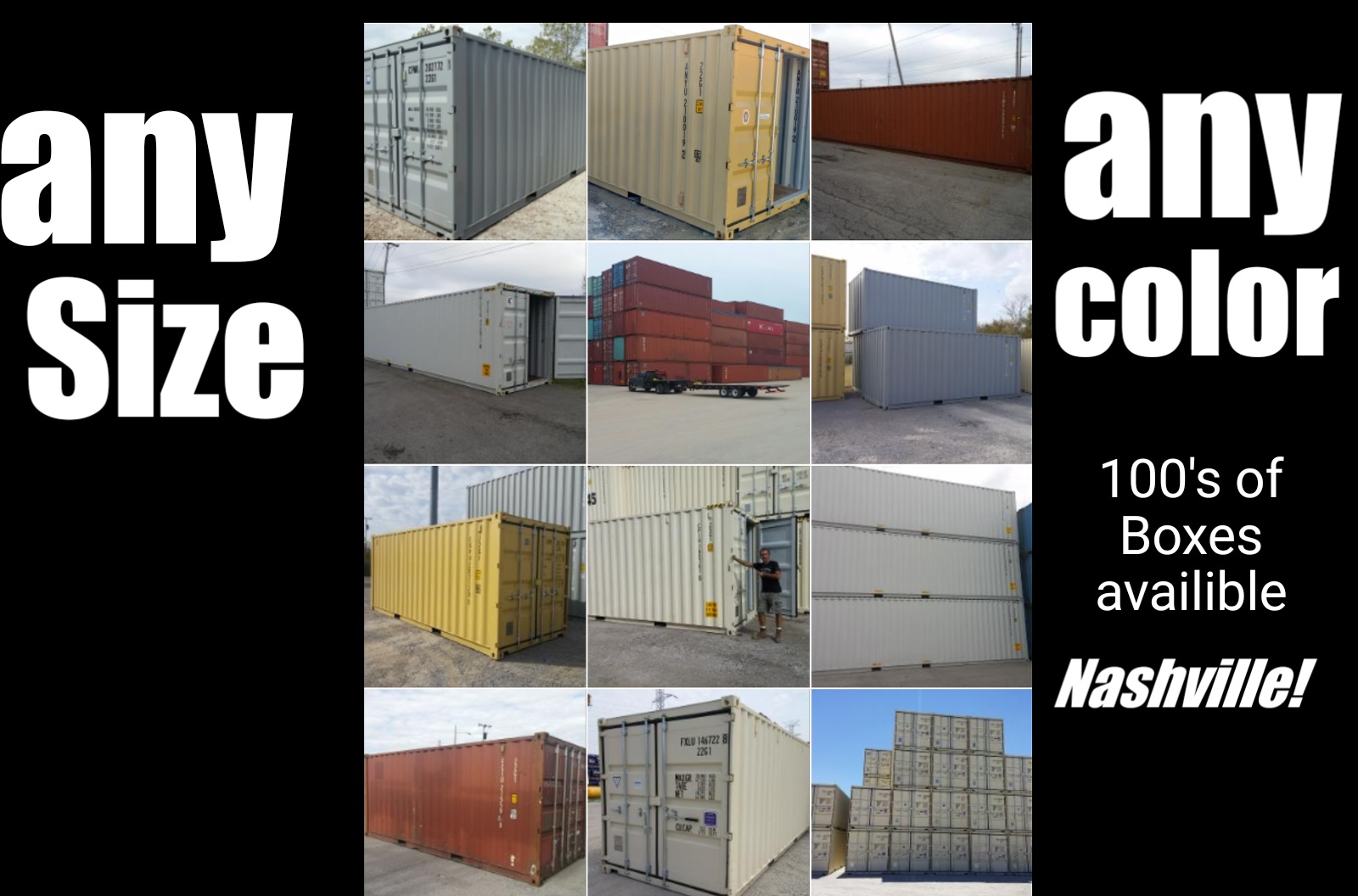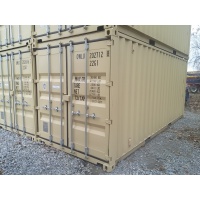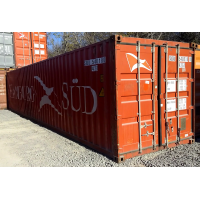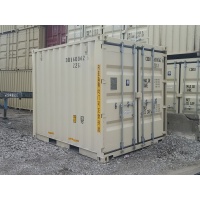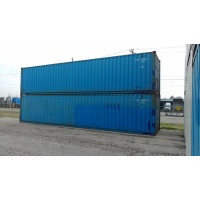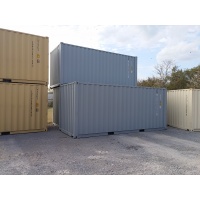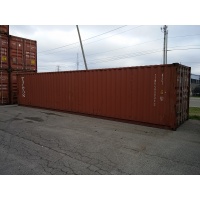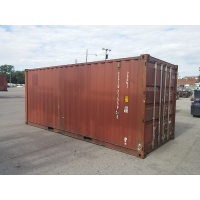Special focus is set on Batangas Port this year as ATI further expands its role as trade facilitator in Calabarzon (Cavite, Laguna, Batangas,Rizal and Quezon) and effectively help government in decongesting metro roads, consistent with its vision of spurring countryside growth.
Central to this is the expansion of Batanagas Container Terminal(BCT), beginning with the extension of its crane rails and container yard. This sets the stage for the delivery of two additional quay cranes, four more rubber-tired gantry cranes and other cargo handling equipment by 2018 in line with ATI’s plans of doubling BCT’s capacity to over 600,000 teus (twenty-footequivalent units).
In 2016, BCT handled over 160,000 teus of foreign boxes, its highest container throughout in a single year. More significantly, this translated to reduction of more than 80,000 truck trips along metro roads, with more shippers opting to route commodities via Batangas instead of Manila.
BCT has emerged as the preferred international gateway forCalabarzon, with its proximity to major economic locators, direct connectivityto foreign markets and world-class efficiency, marked by fast cargo delivery toconsignees. Truck turnaround time at BCT averages 30 minutes upon gate entry.
Meanwhile, the developmentof ATI’s Batangas multilevel car storage facility (MCSF) is on schedule. MCSF’sphase 1 will come online as early as November while the second phase will befinished by mid-2018. This will increase the capacity of the country’s top car carrier port to over 7,000 completely-built car units (CBUs) at any single time, in support of booming consumer demand for imported vehicles.
Last year, Batangas handled over 200,000 CBUs, its highest annual car throughput and represented the majority of 2016’s car salesnationwide.
In Manila, ATI will take delivery of two brand new quay cranes and other cargo handling equipment this year as it further boosts operational efficiency and safety at Manila South Harbor, which serves as one of two international container gateways into Metro Manila.
Manila South Harbor delivered its best performance in 2016, handling over 1.0 million teus for the first time in a single operational year, while operating at 65 percent yard capacity and 60 percent berth utilization. These statistics are indicative that the port can handle more ships and cargoesfor industries.
Production was also at an all-time high with some months in excessof 30 gmph (gross moves per crane per hour), which is comparable to global portsin Singapore and Hongkong. GMPH is a measure of how many boxes cranes move from ship to shore in an hour. Efficient handling of vessels at berth results in faster ship turnaround and quicker delivery of cargoes to consignees.










